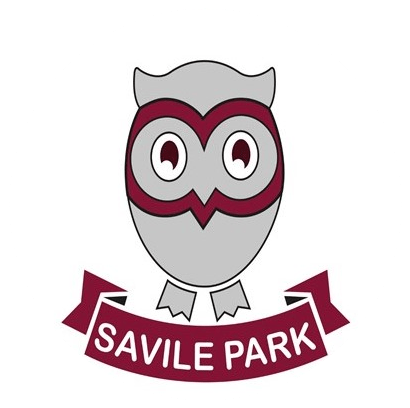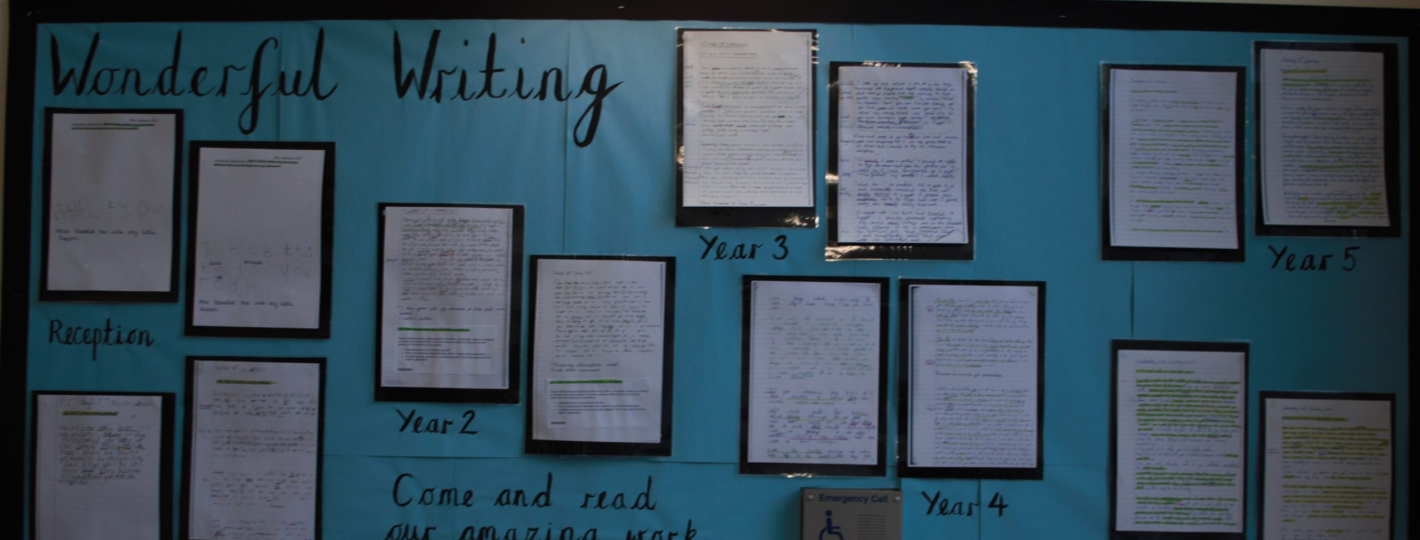Writing at Savile Park Primary School
At Savile Park School we use real life experiences and stimuli to promote writing for a range of different purposes and genres. Following the latest developments, research and guidance, audiences and purposes are considered at the beginning of every writing unit. Engagement of all pupils, regardless of age or ability is at the heart of every piece of writing, linked with our child-centred Curriculum. Age-appropriate texts, books and stories are used alongside drama, “Talk for writing” and speaking opportunities. New vocabulary linked with topics and texts are used to promote more ambitious word choices as pupils follow the process of writing (see diagram below.)
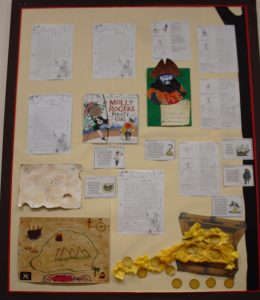
Our pupils understand the purpose of writing and how it can be used to entertain, inform and persuade. From Reception to Year Six, all pupils have the opportunity to apply their ideas, imaginations and knowledge whilst writing a range of fiction and non-fiction pieces. A progression document is used by teachers to plan a range of exciting opportunities for building upon prior knowledge, including the use of spelling, grammar and punctuation in line with the National Curriculum.
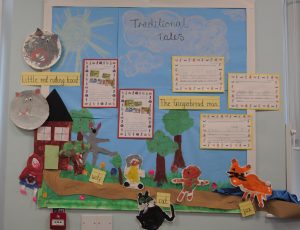
In Early Years, pupils understand the purpose of writing lists, descriptions and stories, with developing phonic knowledge and letter formation. Pupils use books such as “Goldilocks and the Three Bears” to describe characters and discuss the events in stories. After observing chicks and caterpillars, pupils begin to form sentences to describe the key changes.
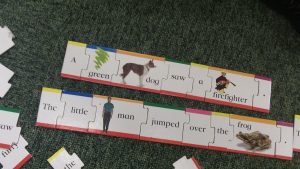
In Key Stage One, pupils continue to build upon their knowledge of spelling and grammar as they use educational visitors and trips as a basis for writing. This year, pupils wrote fact files about King Charles III and then produced fact files about London. Visits to the Seaside, the Piece Hall, Chester Zoo and Temple Newsome helped to produce recounts, fact-files, stories and letters based on their experiences.
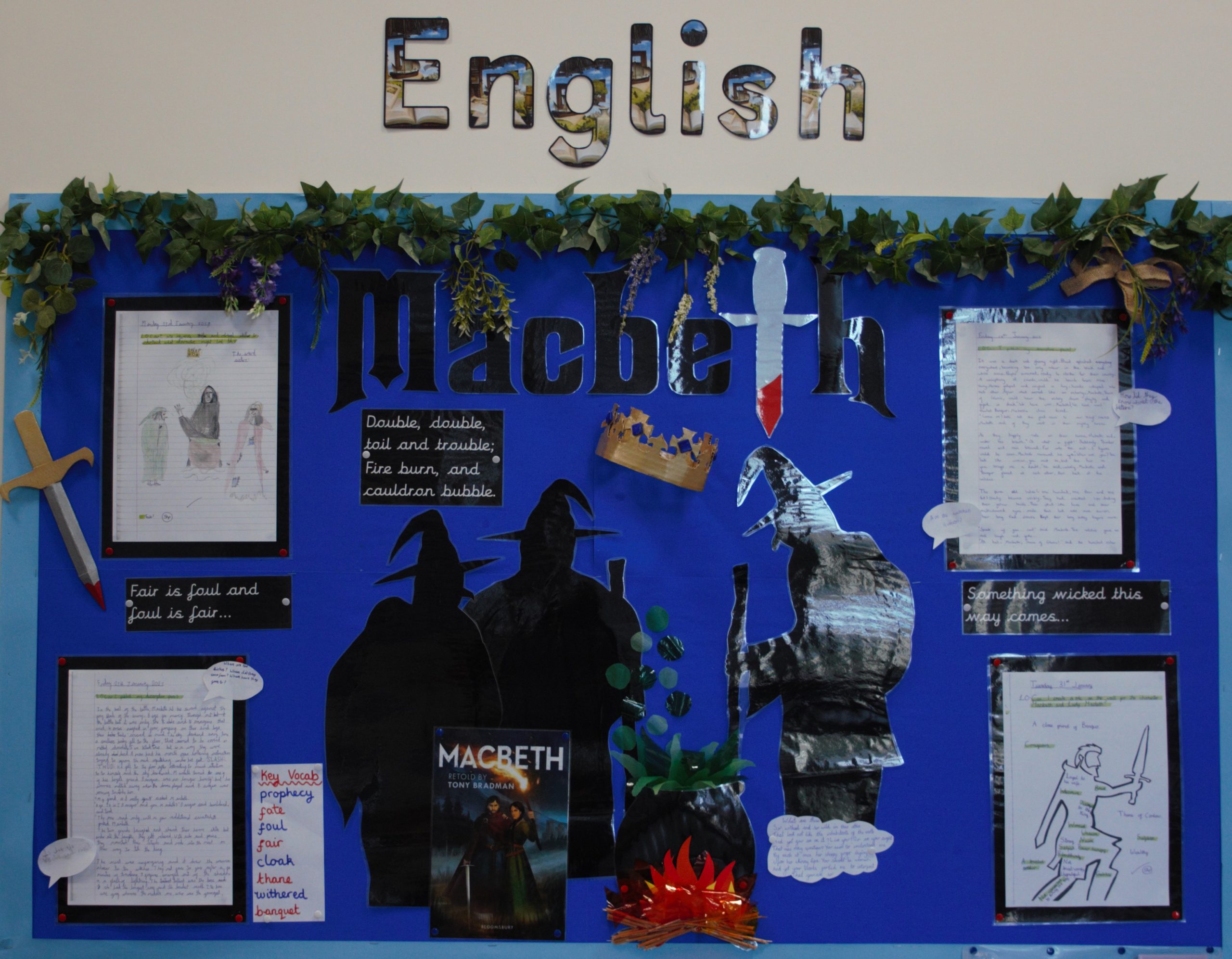
Throughout Key Stage Two pupils continue to build upon their experiences, vocabulary and knowledge as they develop text analysis skills and examine key features of different texts. The introduction of Myths, Legends, balanced arguments, biographies and longer texts can be seen on the whole school progression documents. By the time pupils leave Savile Park in Year Six, they have written a wide range of texts for a wide range of purposes. Examples include stories based on Macbeth, persuasive letters to urge people to protect the environment, biographies of key historical figures and detailed brochures about the World.
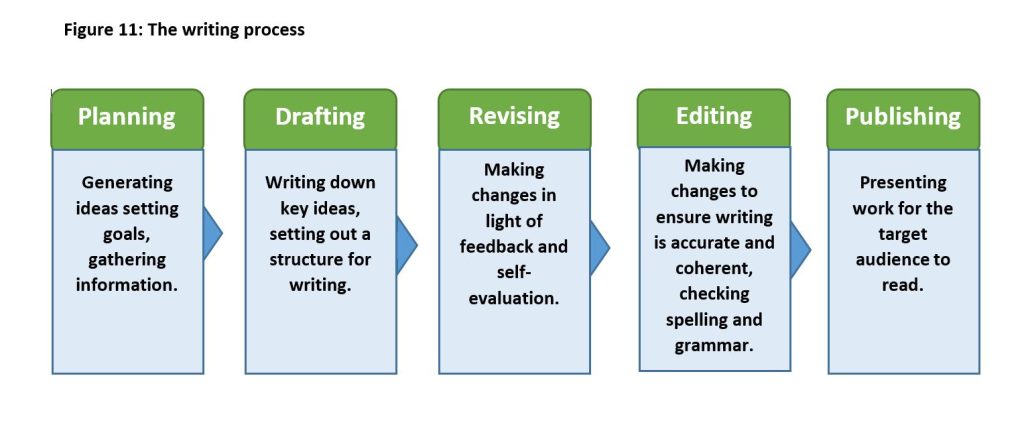
How to help at home
1. Read to your child
While children do learn new language and ideas from speaking and listening, the type of language we use in writing is often very different from that in speech. Reading regularly to your child, especially longer chapter books that they might not be able to yet read independently, is a great way to support their writing.
While your child will have some favourite books and types of book that they’ll want to listen to again and again, try to make sure they get to hear a range of different types of books, including fiction and non-fiction. This is useful for their writing because it models lots of language styles.
2. Have your child read to you
Making time to hear your child read isn’t just good for their reading. Seeing words in print helps them to understand the words, to spell them, and to see how grammar and punctuation are used to make meaning.
When you read, occasionally talk about why the author has decided to include something and how they written it. For example:
‘I wonder why the author has chosen to describe the castle as “gloomy”? I wonder what that tells us about what might happen there?’
3. Try some real-world writing
Writing for a real purpose can be a great way to fit in some practice. Writing cards, shopping lists, or letters/emails to relatives can be motivating real life reasons for writing, and can show children how useful it is to be able to write well.
Your child might enjoy keeping a diary or writing short stories based on books they have read or toys they enjoy playing with. Be sure to encourage your child to write about what most interests them, as this is the best way to keep them enthusiastic.
4. Tell stories aloud
Giving your child the opportunity to tell stories orally is a great way to get them used to structuring their ideas and using adventurous language. If they’re not sure where to start, see if they can retell a story that they already know well, like Little Red Riding Hood or Three Little Pigs.
5. Find story inspiration
You can find fun story ideas anywhere! Why not raid your kitchen cupboards or hunt through the attic to find lost treasures? Anything from an old hat to a telescope will do the trick. What could the object be used for? Who might be looking for it? What secrets could it hold? Suggest different genres such as mystery or science fiction and discuss how the item might be used in this kind of story.
Real-world facts can also be a great source of inspiration. For example, did you know a jumping flea can accelerate faster than a space rocket taking off into orbit? What crazy story can your child make out of this fact? Newspapers and news websites can be great for finding these sorts of ideas.
